One big challenge I had to face after my residency in Prague was how to resume, for my own consciousness, what this artistic, cultural and, last but not least, human marathon meant to me. To manage to untangled a red thread from the amalgam of sensations, meetings and visits about what the artistic Prague context offered me and not just victoriously take stock on how many exhibitions I checked out, how many studios I got a chance to see and how many new contacts I was able to acquire. It would entail a rather lengthy and dry, as well as predictable archiving, even though the majority of events would deserve it.
I am trying to clear my mind of all the details that caught my eye, which make up 90% of the puzzle, with the 10% rest being the basis, the substance that actually sustains everything. I kept asking myself during those two weeks: “What keeps repeating in what I see? What is not repetitive? What are the connections and the hiatuses? What are the elements that always show up in the code?” The answer came quick enough when I was actually listening to the artists and curators (Czech and international) explaining their projects. The expressions I heard the most were in a contemporary way, as a contemporary reference, as a contemporary medium, contemporary relevance, new digital techniques that reflect the contemporary society, contemporary vision and the list could go on. I identified an almost visceral need to “be contemporary”, to have a contemporary vision, to be engaged in today’s society as an artist and curator with everything that this entails: knowledge on as many technologies as possible, subordinated to creating works with social and political references that actually talk about states that have an effect on the life of the contemporary man. I admit that, although I have always been surrounded by this vision, it’s as if it never really effected me in a real way. Now it downright shook me to the core, in the sens that I haven’t witnessed anything that is totally new, it simply made me question this mentality that I kept in the last 10 years, but it also made me pay more attention when I hear the expression contemporary relevance. What is the real substance in this marathon of being contemporary relevant? How do I place this notion in a context or temporality? This is what I began asking myself during this residency and through this filter I will analyse, in two texts, a selection that I consider relevant for the projects that I saw in private (galleries and art centers) spaces as well as national institutions (museums) in Prague and Brno.
The Czech art scene proved to be one of the most active and internationally connected, from both the perspective of the Czech artists’ vision on contemporary art, as well as the cultural exchange with the international art scene. The influences of western contemporary art on Czech artists can’t be denied, especially when it comes to video art and site-specific installations.
One exhibition that I considered a must-see was Material 307 at DOX Contemporary Art Center, and all this seen through the imminent filter of an artistic high education graduate. The show was made up of a selection of fresh painting graduates from the Painting Department of the Art, Architecture and Design Academy in Prague. Since 2010, the department is under Jiři Černický and Marek Meduna who coordinate everything in a visibly experimental direction, something they admit in their curatorial statement. This mostly describes the mentality with which this form of expression is presented to the new generations within the education institution, followed by an extrapolation on the general approach in contemporary painting as a visual medium.
The project had the benefit of two curators’ contributions, Patricie Fexová and Eva Skopalová, something I consider remarkable seeing how the artists have only just graduated. While a student, most of the time the role of the curator usually belongs to the coordinating professor. The context in which this exhibition materialized is an institution actually, a contemporary art center with a white cube type of display. Therefor the young artists are introduced, at least formally, in an artistic social context that is engaged in the system; in other words, “the art school graduate” can experience the artist – curator – museum/institution/gallery circuit. Even if it is only fragmentary. The young artists are made to imagine the project within a space and observe the aesthetic, conceptual connections and, why not – the spaces that are established between their works and their colleagues’ works. The personal project becomes a component part of a collective project and the red thread that ties all the series of work is stated in the curatorial project – the experiment on painting as a visual language and the links set between various works. The individuality of the pieces is questioned, highlighting the “recipes” that form between all the works displayed. The focus is not on just one canvas’ composition, it extends on the aesthetic and signification potential that is received as a whole, just as cells make up a body.
When I walked in the exhibition space, the feeling I had from beginning to end was of professionalism and coherence when it comes to the curatorial route. Instead, what caught my eye was the way of working and the artists’ technical approach. From the perspective of the concept., the composition and arrangement, Material 307 presented a relatively mature and fluid exhibition. The professors’ touch is noticeable when it comes to switching from the illustrative and quality aspect of the paintings to their significance which is channeled into “operating” elements (dot, line, stain, color pigment, color as a material) – everything oriented towards mixed media and installations. The area of collage and mixed media is well handled by the artists, it’s even spectacular in some cases. As for the painting, it becomes an object, a space and finally a pretense for experimenting. But I will ask this: is it painting or is it just a more or less “staged” color on the surface of the canvas? Going through the exhibit, I felt like something was missing within this carefully crafted atmosphere of wannabe contemporary cool. And I am not talking about the absence of the figurative, but the lack of a pictorial substance and technical virtuosity. Painting as a visual medium becomes just a pretense for analyzing the constructive artistic means used, its integration within an installation or mixing it with other techniques as an intuitive consequence. “Serious” painting that is technically consistent (I want to avoid predictably calling it spectacular) is no longer a gain. What I never understood was why would anyone resume “something” that is complex with no interest in fully knowing it? How can one actually resume the oldest consecrated medium for visual expression in 2017? How does one relate to abstract painting when the likes of Richter are your contemporaries?
Moving on to an analysis for the same age range of artists/curators, but this time on new media, I had the chance to see the opening for the show Heroes, a project by Alžbeta Bačiková, curated by Anna Remešová at the Jeleni Gallery. This place is known for a space for experimenting / a center for contemporary art dedicated to young artists at the beginning of their careers which is in a rather central area, near the National Gallery. Alžbeta Bačiková’s project was a 2 channel video installation, projected on a two faced screen – suspended in the gallery – the viewers can alternate the angle for viewing the video. The chosen subject was a documentary portrait presented in a doubled version with a narrative and cinematographic formula ironically conceived by the artist. The layering of several visual and temporal planes that have a common denominator, the story written by protagonist Eda – a Czech worker – about a historical feminine figure Qui Jin – an Asian writer described as a martial arts fighter and a feminist personality for her historic period – coagulates an exotic video in which kung-fu, the rubber from the factory Eda works in, porn movies and feminine kick-boxing harmoniously live together under the title of “hero” for their respective eras. The experimental project was smart, often funny, it even had an impact and a clean and relatively coherent approach on the subject the artist is presenting in the video. The experiment is also feasible from a technical point of view – I mean that the visual medium goes hand in hand with the subject and concept and it also functions intuitively in the exhibition space.
A new media project that downright amazed me was Shattered Epistemologist, by young artist Jiři Žak, as part of the start-up young artists program by the Gallery of City Prague. I had the chance to personally speak to him during his own exhibition and found out many more details about the concept behind the work and his reason for choosing this particular visual formula. The video was shot in Berlin, post-production took place in Prague later. Shattered Epistemologist begins with the following text at the gallery entrance: „This is a guide on how to control your dreams. If you are able to realize during dreaming that what you see is not a reality, try to look at your hands. Focus on them. On every phalanx of the fingers. Clench your hands into fists. From now on you are under control.” The video is a dialog-metaphor, a possible dream, between an invisible narrator (possibly the artist) in the form of plain text over moving images and a feminine presence that indirectly, very subtly speaks about the tensed world wide political situation, about good and evil, life and death, the duality of the world we live in, in which we are all involved („we’re all in this together”) with all the deriving responsibilities and consequences. The intensity of the shots, the simplicity of the images and the over-layering of planes used by Jiři Žak are meant to create a frame for reflection – seductive with the beauty of the image yet tough via the messages with an added dose of existentialism. The female figure in the video does an acting as well as a choreographic video performance, thus creating an organic connection between the narrator and the viewer. This way, the artist follows a perceptive game via the visual, the sound and the text, with an open end, a different ending destined for each viewer. This video is contemporary in every sens of the word, but what I enjoyed the most was the naturalness and simplicity that it transpired, with Jiři Žak being an artist that takes the pulse of his times and reflects on it as such. Nothing is forced, nothing wannabe cool, it is a project of substance, from my very profound point of view, with visuals to match. I still think about the video even now and it will certainly stay in my mind as a landmark for the yes category.
Another complex and by all means contemporary project that I got a chance to see in two contemporary art centers in Prague (Futura and Meetfactory) was Universal Hospitality 2. This is actually a continuation of Universal Hospitality which took part in the Vienna Festival 2016, a more updated and complex exhibition than the previous year, curated by: Edit András, Birgit Lurz, Ilona Németh, Wolfgang Schlag. I had the pleasure of finding Romanian artists to also be part of this project: Anca Benera and Arnold Estefan. The two contemporary art centers hosted works by artists Tomáš Rafa, Pavel Sterec, Michal Moravčík, Csaba Nemes, Lörinc Borsos, Gülsün Karamustafa, Anca Benera / Arnold Estefan, Selda Asal, Dante Buu, Ferenc Gróf, Yevgeniy Fiks, Damian Le Bas, András Cséfalvay – at Futura, and Société Réaliste, Oliver Ressler, Anca Benera / Arnold Estefan, Victor López Gonzáles, G.R.A.M., Halil Altindere, Rafani, Marina Naprushkina, Hito Steyerl, Martin Krenn, Núria Güell, Artur Zmijewski, Szabolcs KissPál at Meetfactory respectively. The concept and title of the exhibition are an ironic hint to the world-wide tensed socio-political situation that specifically targets and transparently talks about subjects such as nationalism, homophobia, sexism, religious extremism.
Using a strong socially political visual discourse, the artists explore a direct understanding of contemporary reality by trying to shift the perspective beyond the turbulent package that carefully camouflages this reality. The means with which they operate are mainly new media and mixed media, installation art and ready-made, some even site-specific. The impact on the viewer is intense because the media and materials used the artists are visually familiar to the receiver, they are part of their immediate reality (text insertions on various everyday objects, interventions on furniture pieces, videos from television reels, public art works reinterpreted, video-interviews, etc). Artists reuse and divert the meanings of banal everyday objects in order to question harsh and very explicit realities, like the refuge crisis, with the purpose of recontextualizing them in the exhibition space.
What I enjoyed in Universal Hospitality 2 was the forever present element of surprise, the architecture of the interest points that the curators managed to balance and build in an unusual formula for the viewer. I could say that strictly visually speaking, Universal Hospitality 2 was a transgressive and unpredictable project due to the versatility of the curatorial approach, the way in which the space was managed in relation to the installations, totally giving the impression that they were site-specific. A powerful project, with an intense message, hot in a contemporary way, that takes the shape of a complete package when it comes to the connection between ideas, its overall image and the space where it was conceptualized.
Taking a gander at the commercial contemporary Prague galleries, three of them caught my eye: Nevan Contempo Gallery, hunt kastner and Drdova Gallery. At hunt kastner I had the surprise of discovering a selection of works by international artist Basim Magdy whose exhibition I saw last year at Deutsche Bank Kunsthalle Berlin after being named the artist of the year by said institution. Basim Magdy operates with text, video and photo-manipulation, following an interrogative message to how man relates to the contemporary world and vice-versa. His stylized installations are somewhat poetic, dreamy even and introduces socially ironic messages: Your head is a spare part in our factory of perfection. Nevan Contempo gallery presented Pavel Humhal’s solo show I Don’t Agree With You, But Maybe You’re Right…, an exhibition that takes the shape of an installation with a meditative atmosphere – one work with a lot of impact was the video with the artist sleeping in the bed which was inserted in one of the gallery’s installations. The project is mainly composed of ready-mades with relatively banal objects arranged in new configurations thought of by the artists, thus transforming the gallery in an almost surreal space. Drdova Gallery exhibited a mixed media project by photographer Hynek Alt – Deep Purple, in which he puts forward an analysis and at once an interpretation on the perception of time and the way in which time can be expressed in an image – be it a photograph, 2D, printed and multiplied, be it virtual (digital), 3D modeled and projected on the wall. There is this constant detachment from the subject and the intention to perceive it from multiple perspectives with the goal of pushing the viewer to perceive reality outside the predictable area.
Perhaps the most interesting experience was the speed date / meeting with a few international artists in residency at Meetfactory: Hinda Weiss, Hilla Toony Navok, Patricia Dominguez, Sylbee Kim, Antoine Renard, Milan Vagač. The expression in a contemporary way was the common denominator of their works, the contexts they exhibited in and their positions as artists. With an extremely natural, overt approach, each talked about what they are preoccupied about, what they want to express in their works, how they subordinate materials, techniques and ideas while keeping the idea the nucleus around which everything gravitates. The search for a clear, catchy view, the understanding and lucidly relating to their contemporary reality, its interpretation and the conversion into new and non-conventional materials and visual formulas – these were the main ideas that transpired from these meetings.
Detachment from the narrative, from the technical craft in the traditional sens and positioning it in the installation, video, performance, actionism area which sometimes has a social function – these traits shape these artists as extremely complex personalities, always preoccupied to be in sync with the times they live in and to have something valid to say about them. For me these are essential qualities that the contemporary artist has or should have: lucidity with which they perceive the context, versatility with which they value said context within other contexts and, last but not last, the power to use their position in order to make statements: existential, social, political. Understanding the world, the capacity of developing a critical way of viewing society and artistically acting within this frame make up the relevant contemporary artist’s profile.
Ada Muntean’s residency was possible with the support of AFCN, Artalk.cz, Czech Center in Bucharest and ICR Prague.
POSTED BY
Ada Muntean
Ada is a Graduate of University of Art and Design in Cluj-Napoca and has a PhD in Visual Arts (2019), conceiving a research thesis entitled "The Human Body as Image and Instrument in Contemporary Art....


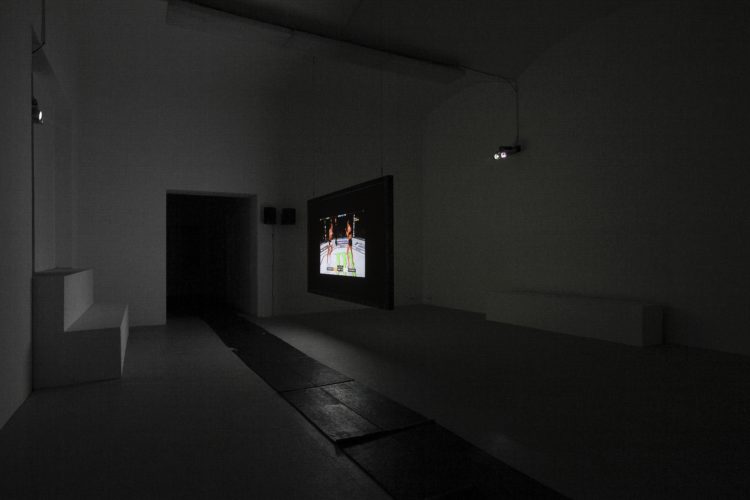
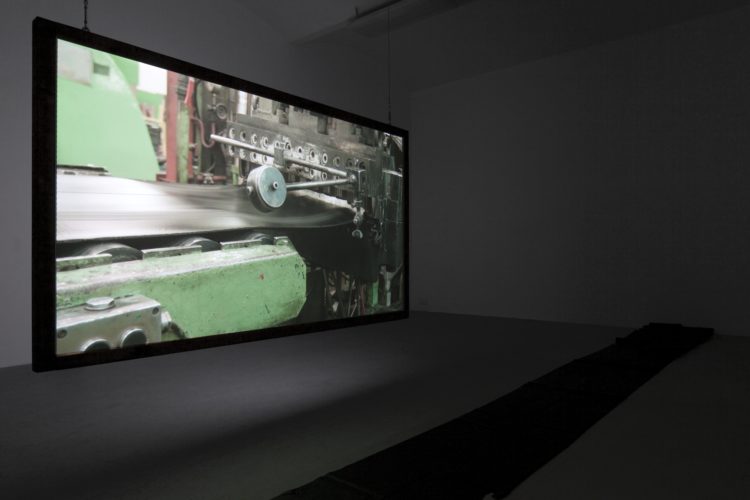
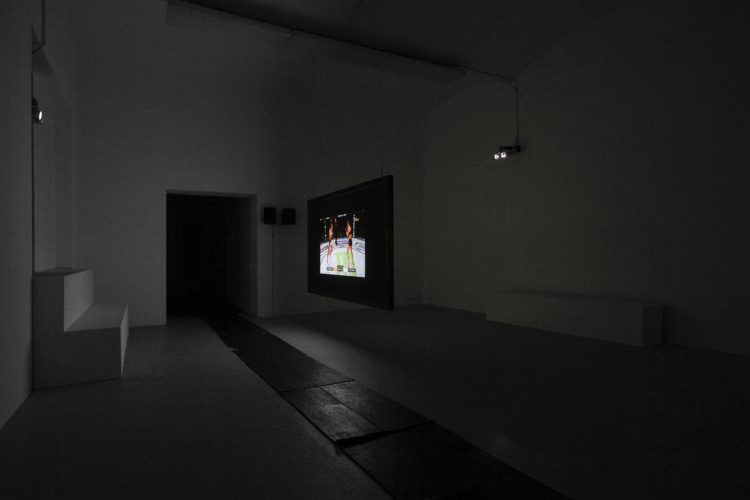
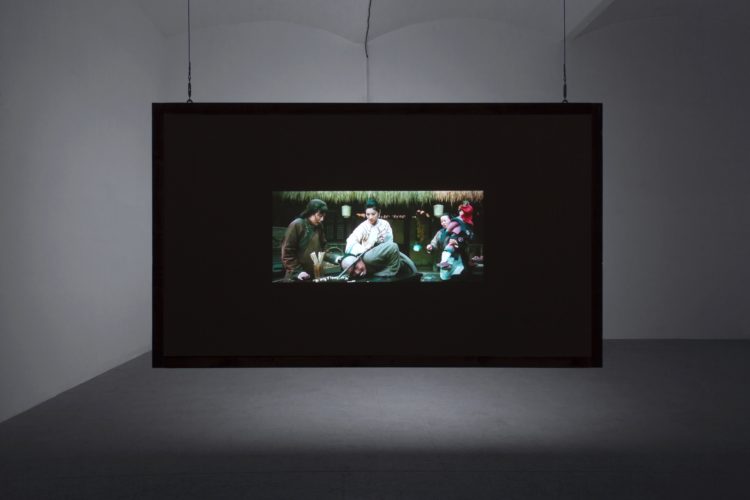
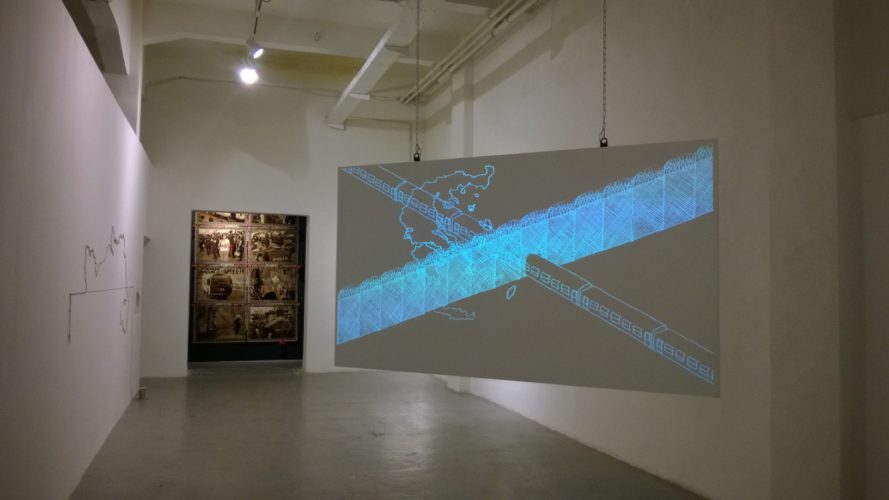
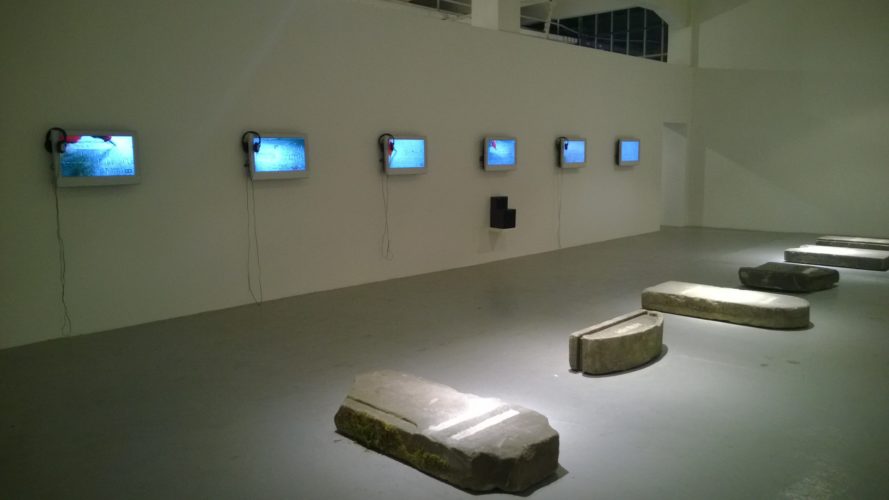
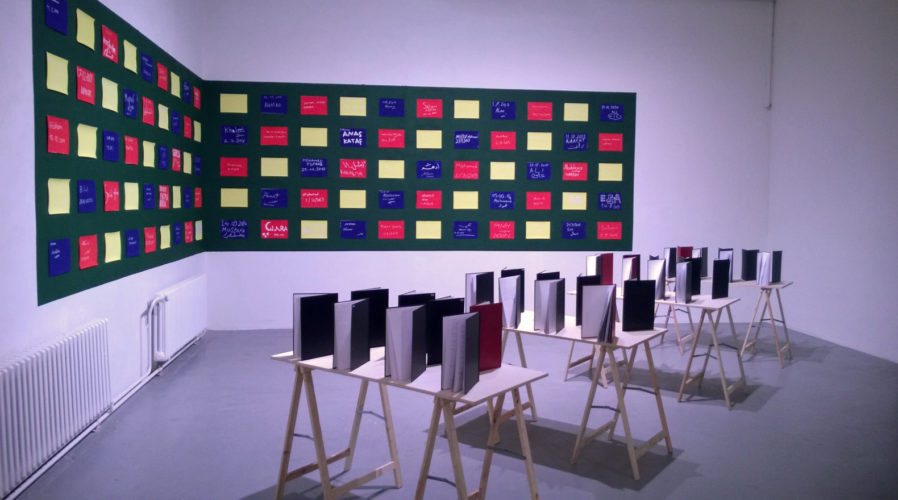
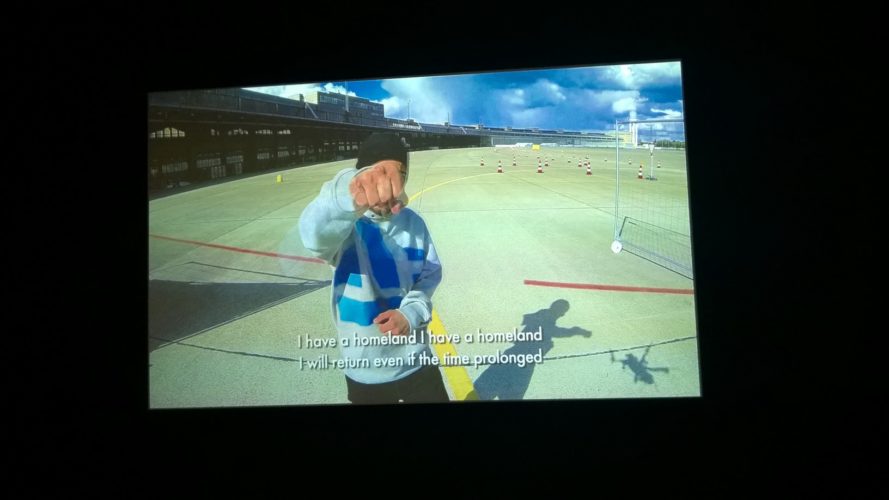
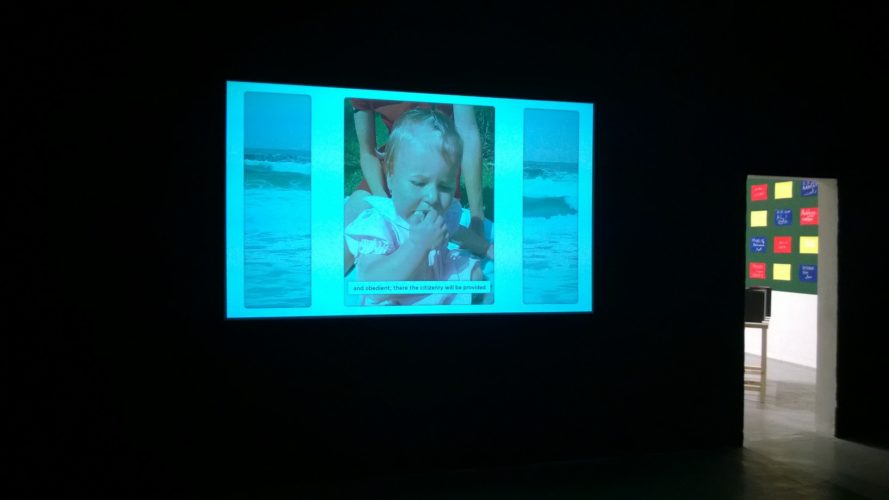
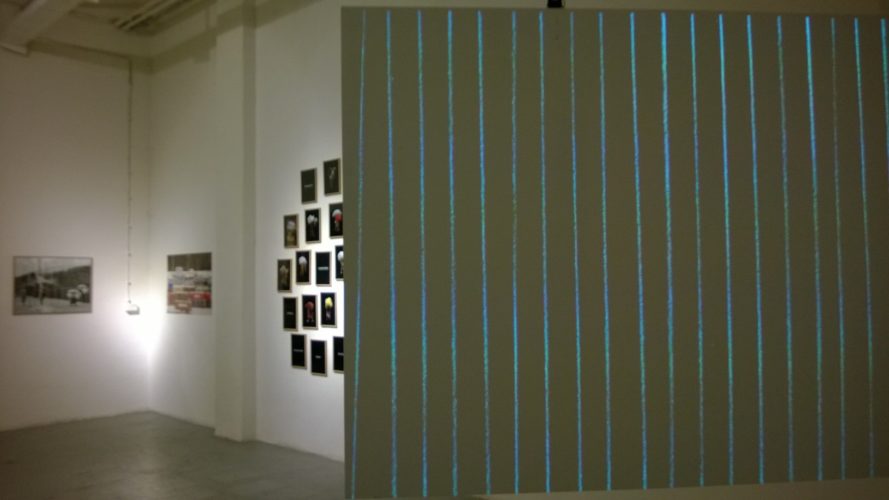
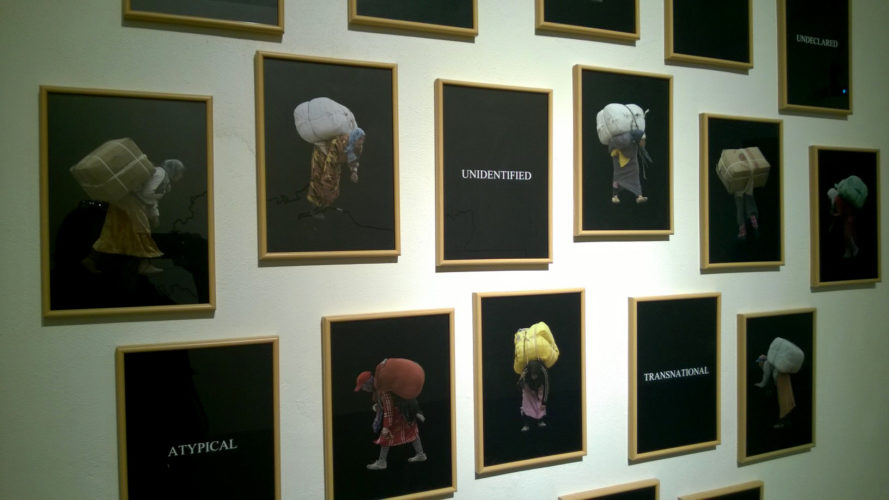
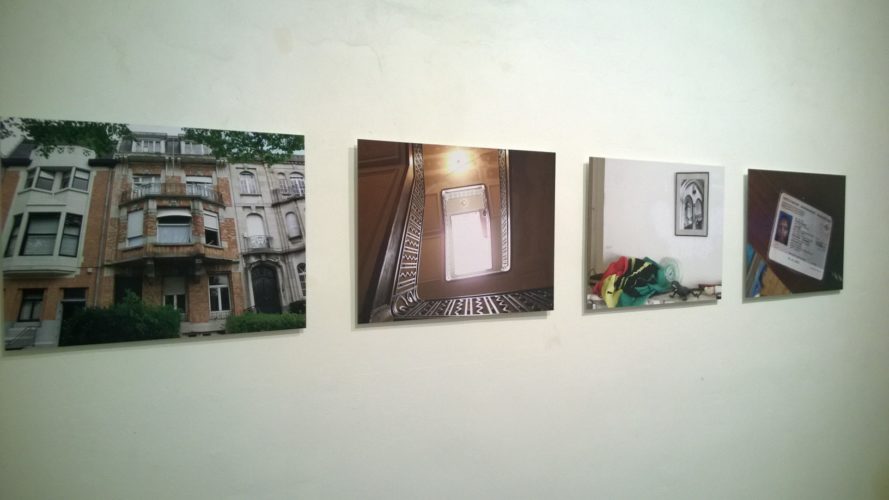
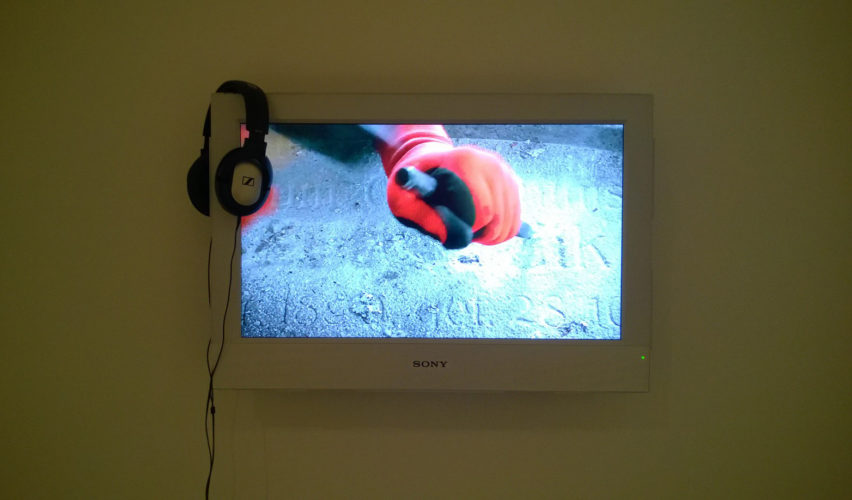
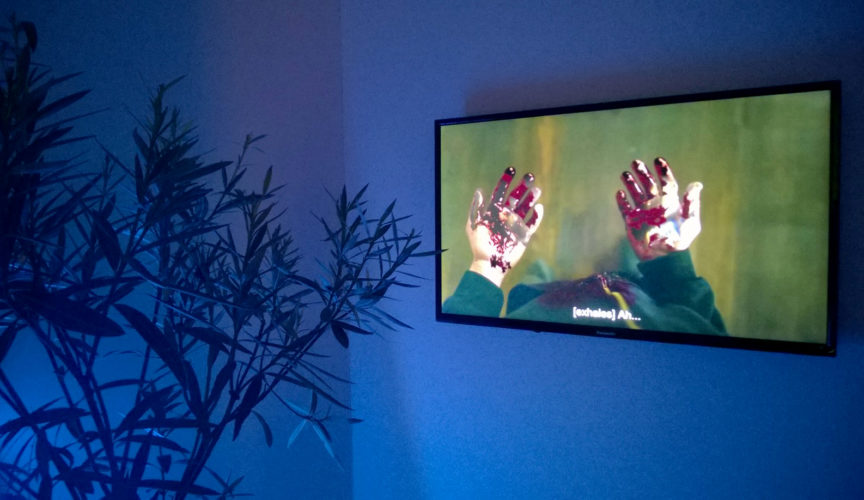
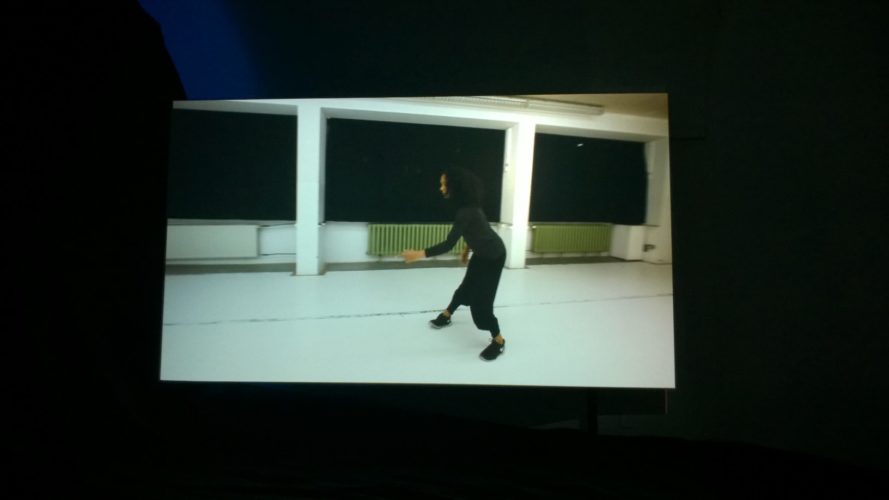
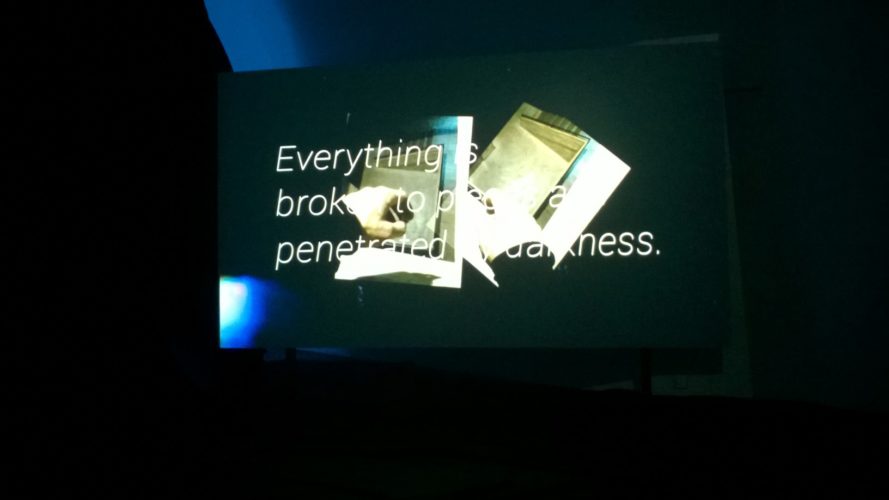
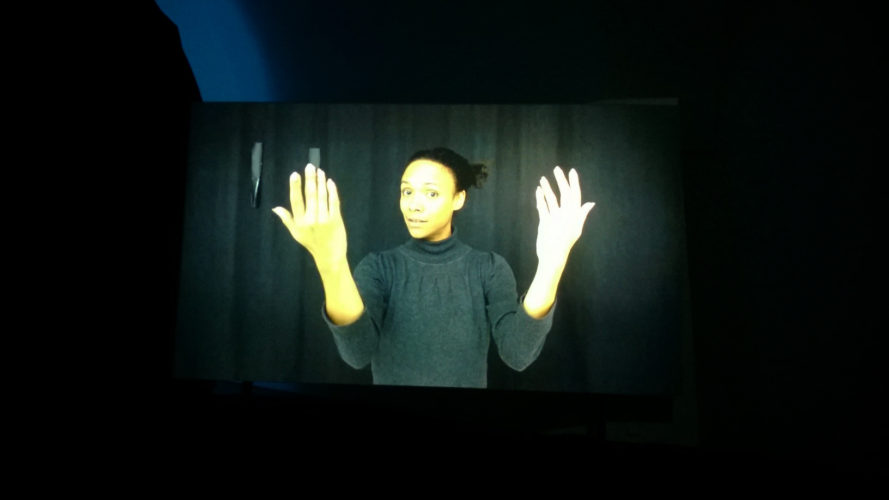
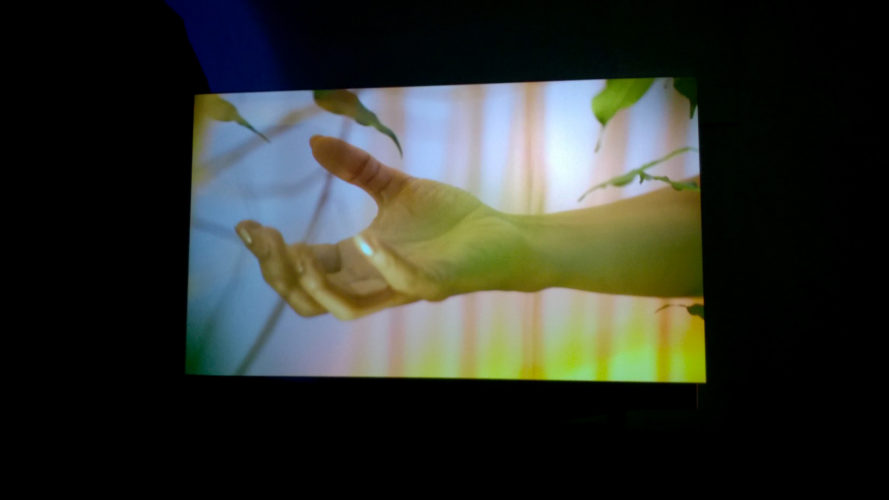
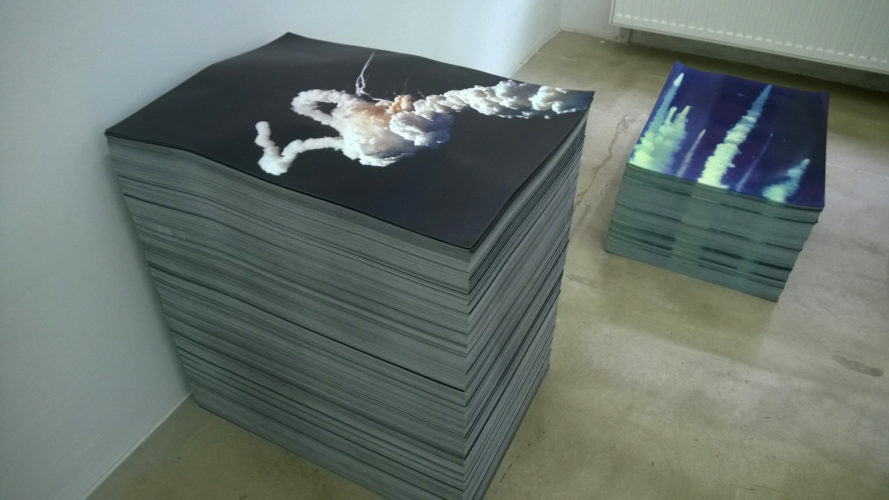
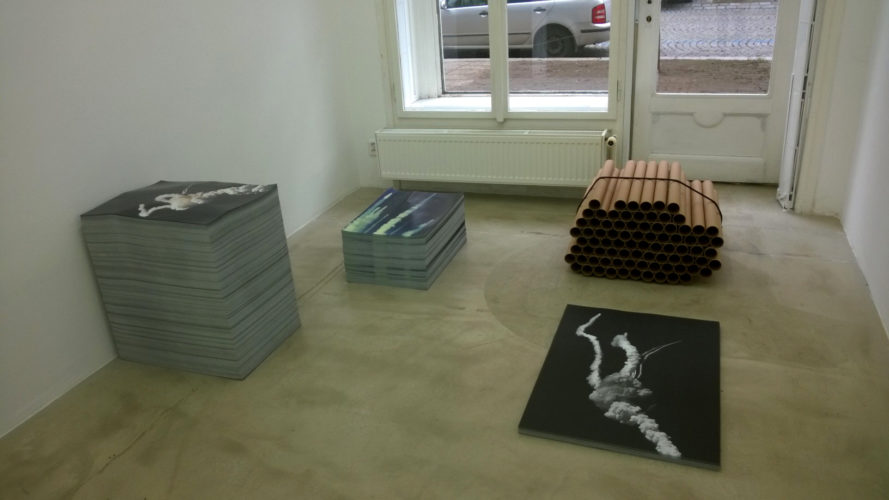
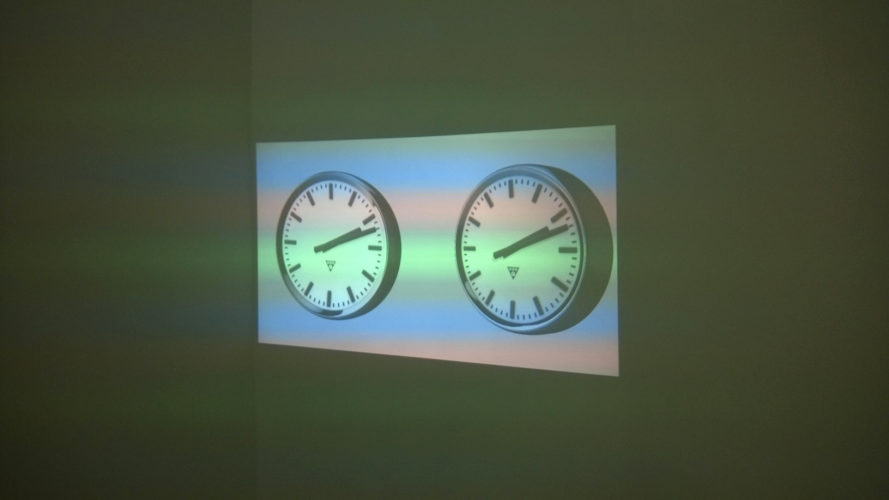
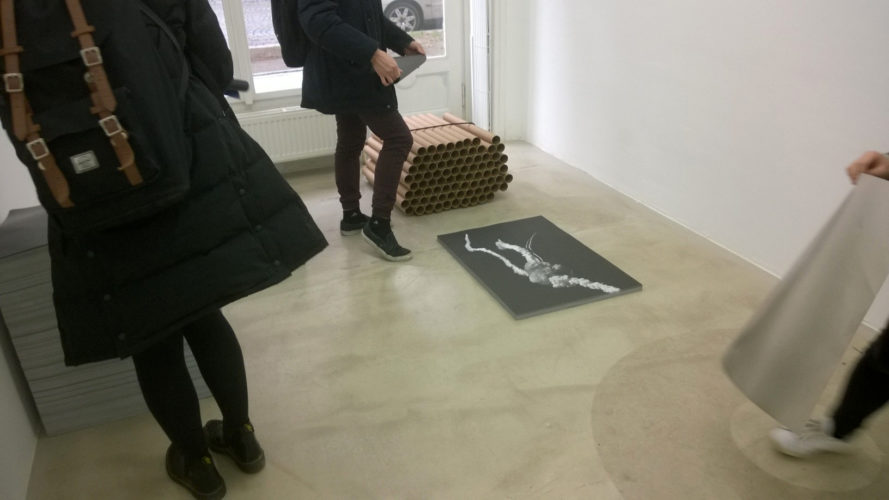
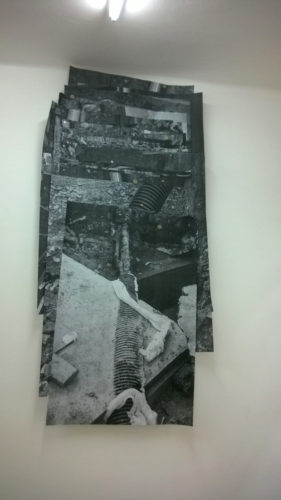
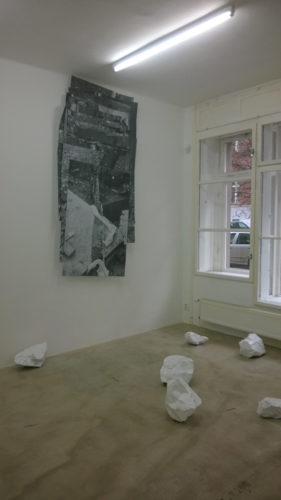
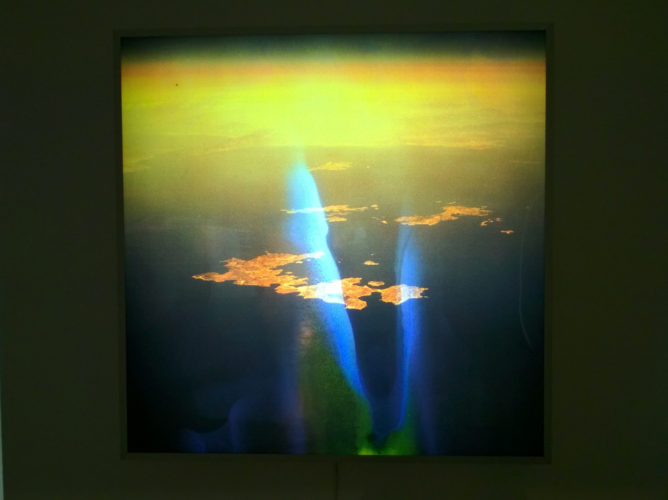
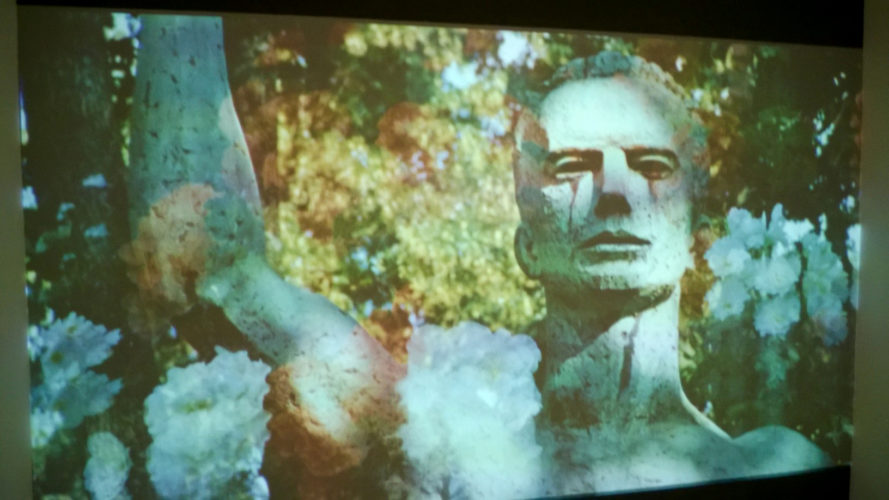
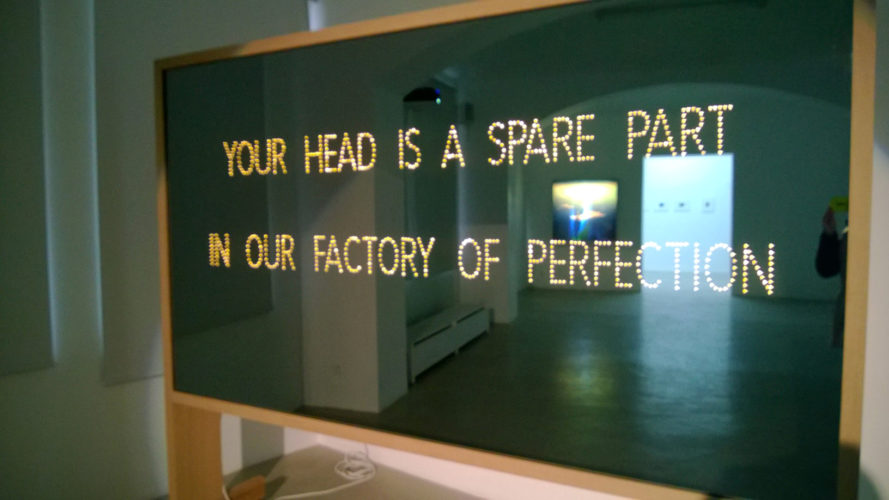
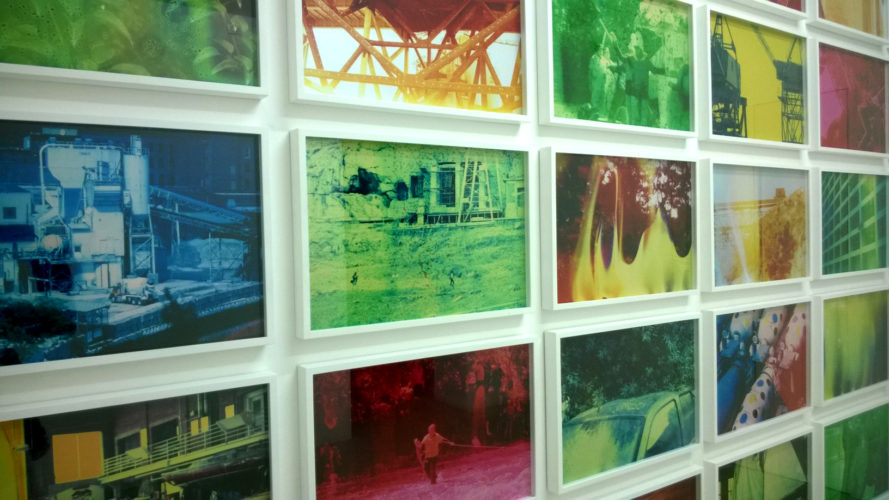
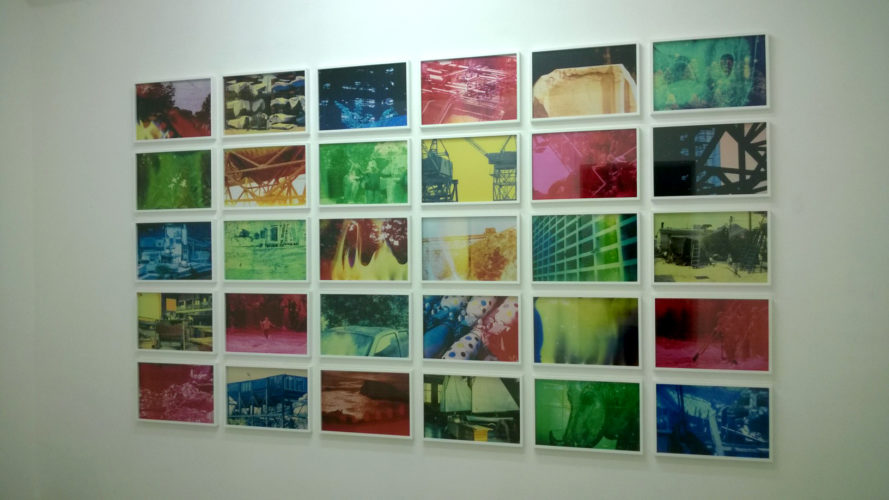
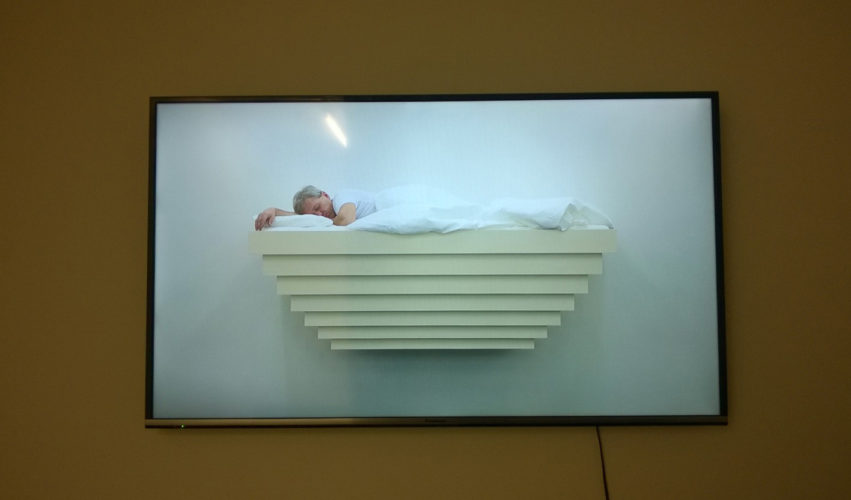
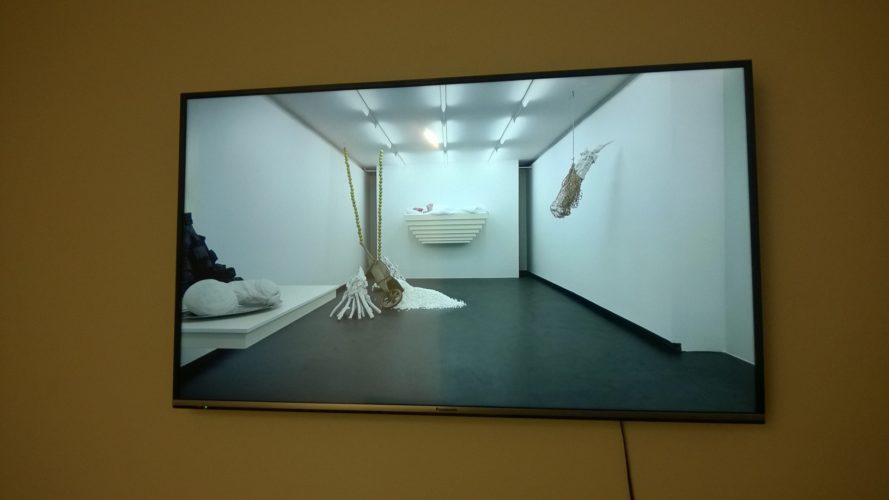
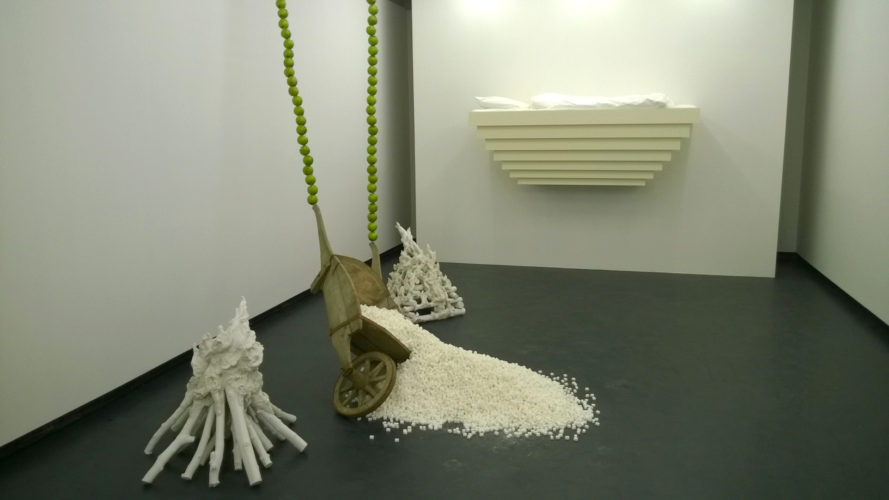
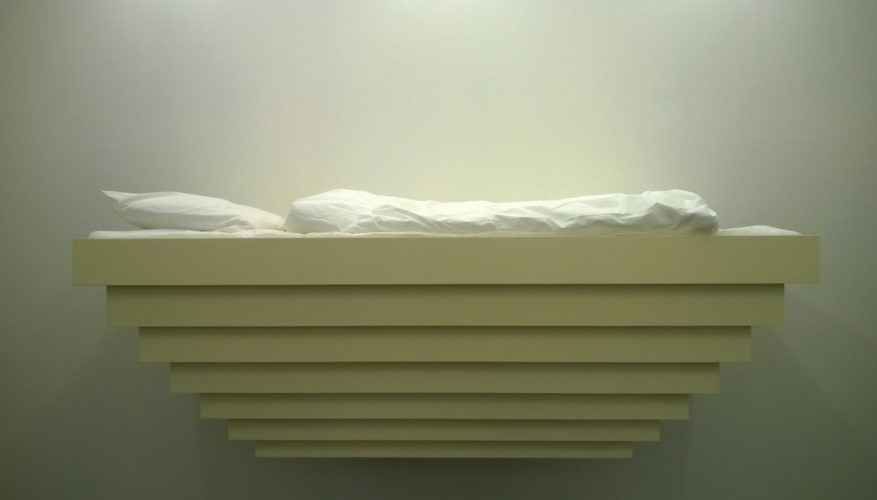
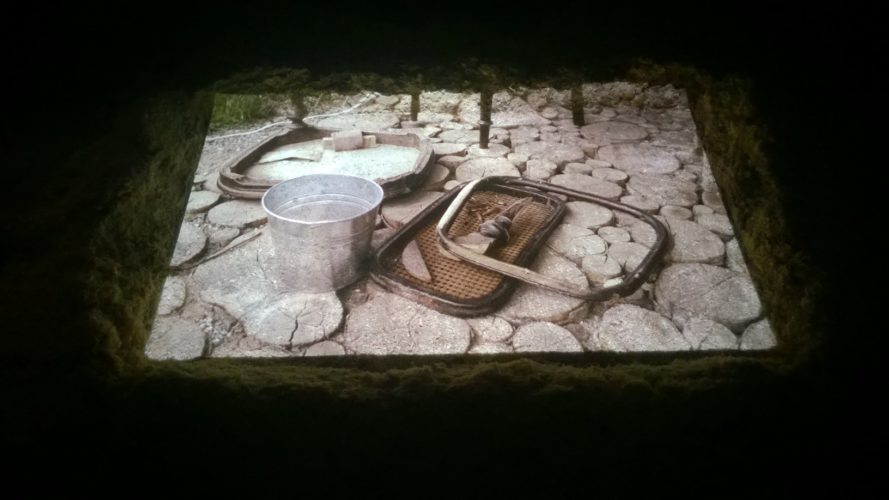
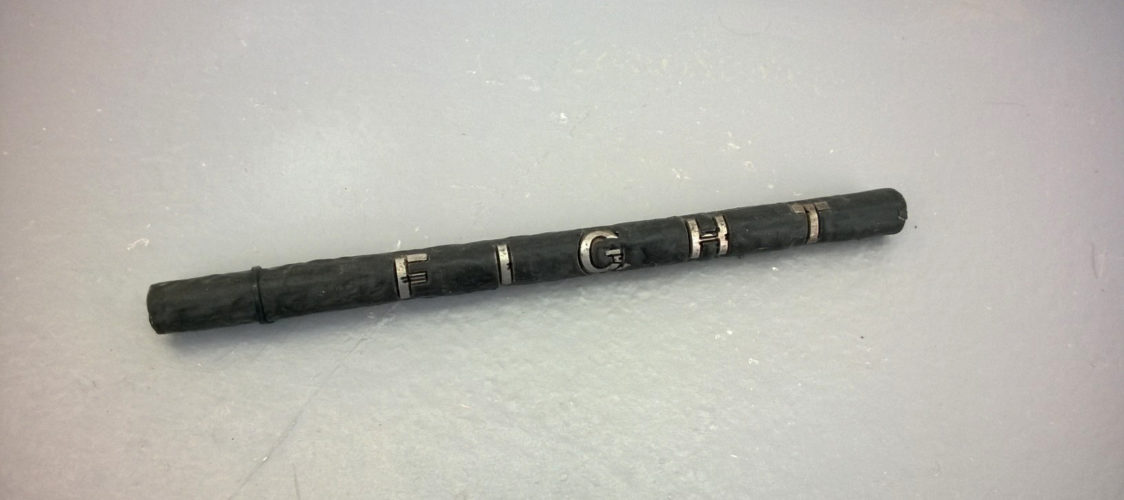
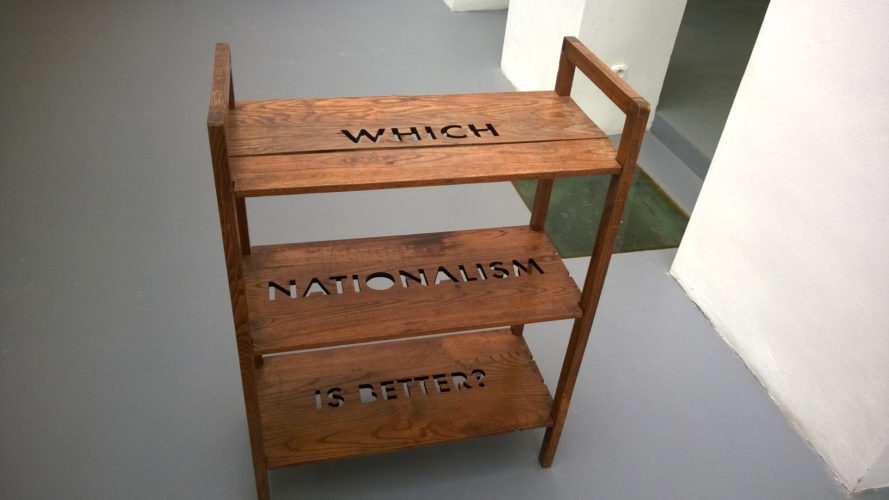
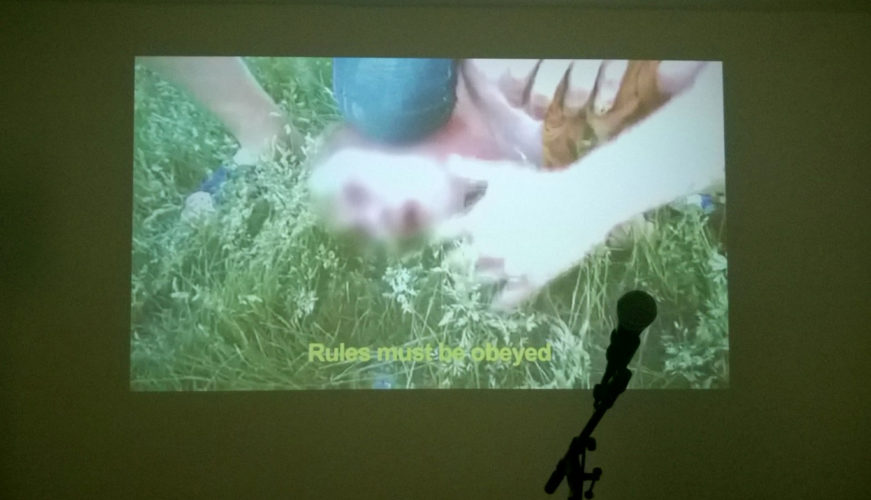
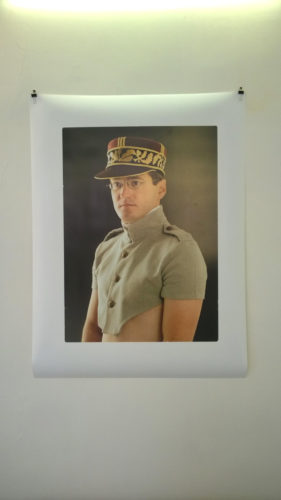
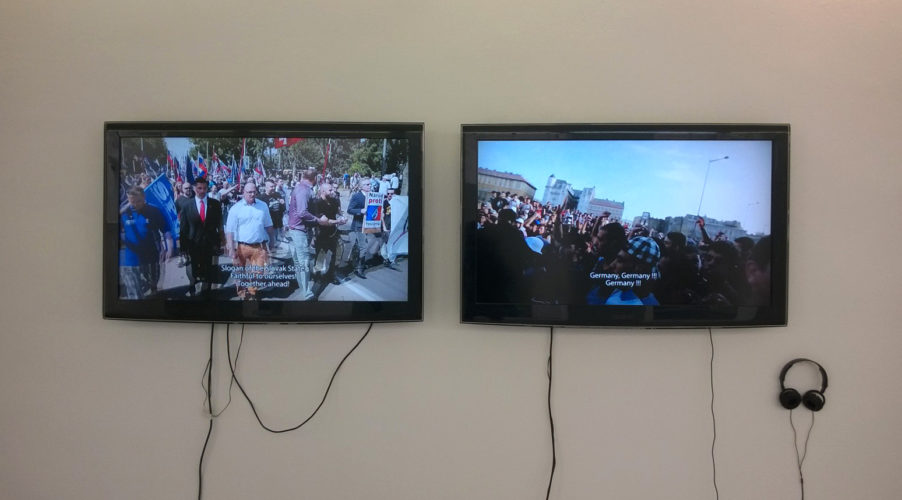
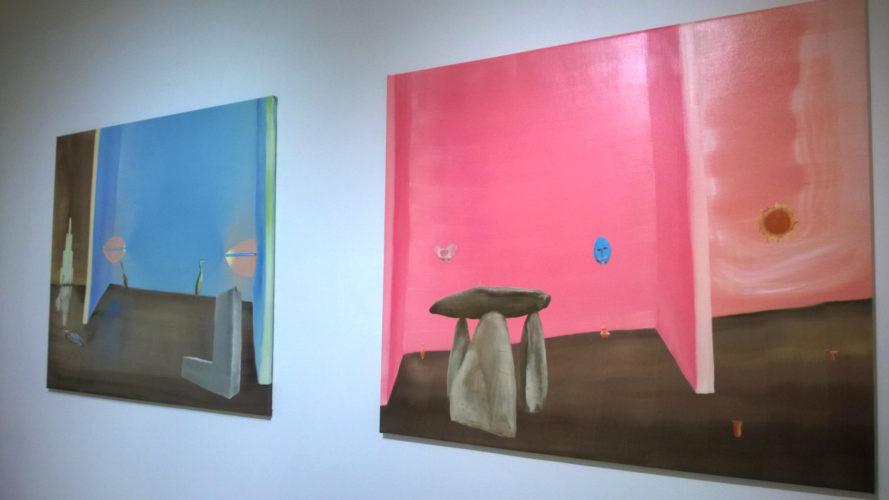
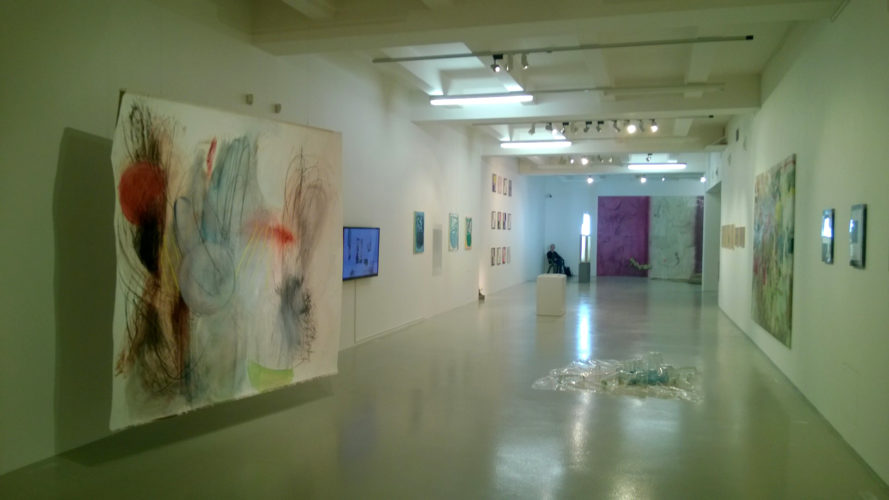
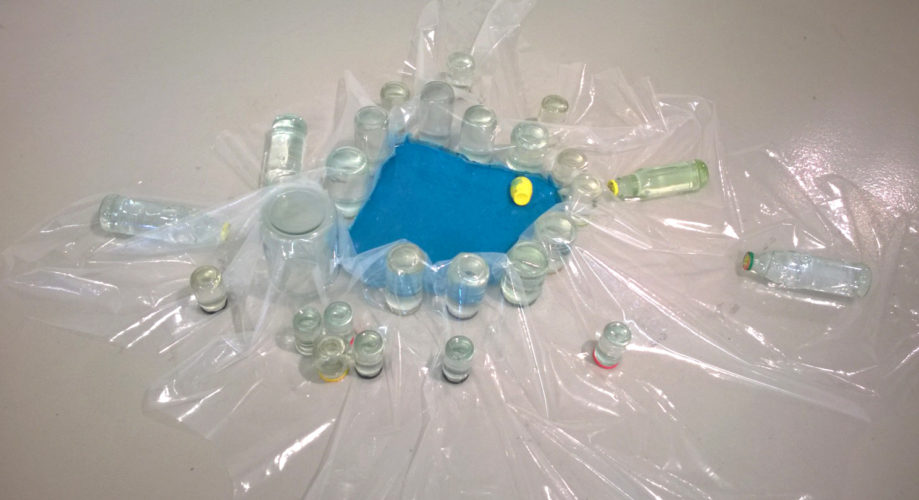
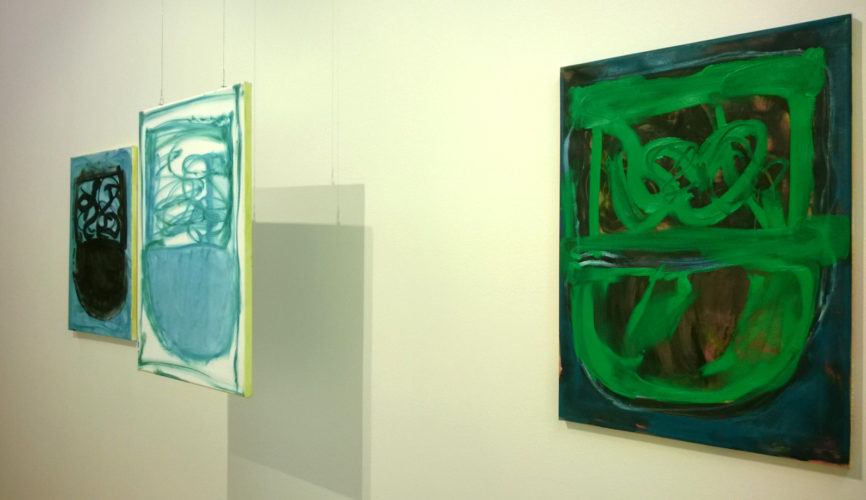
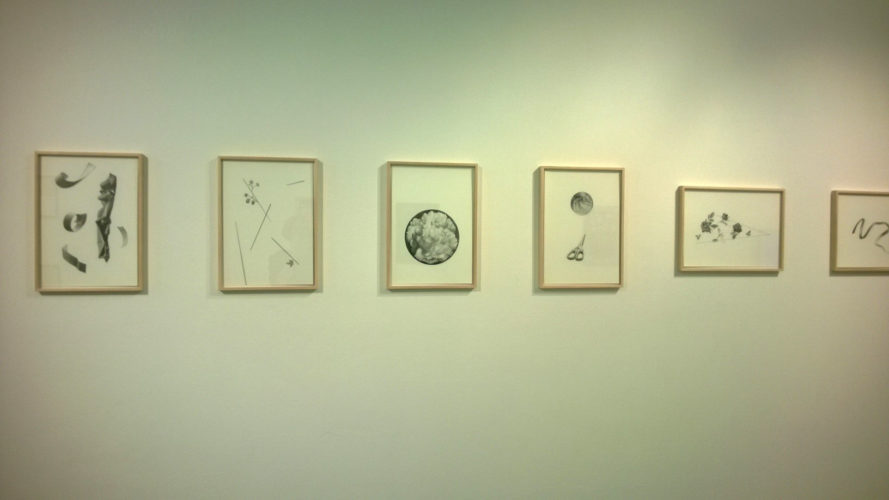
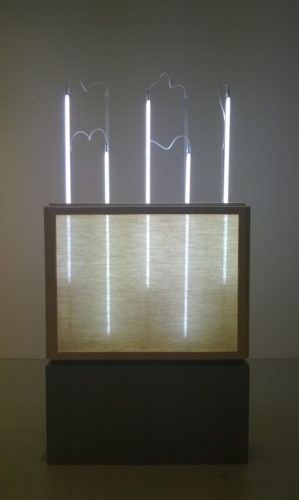
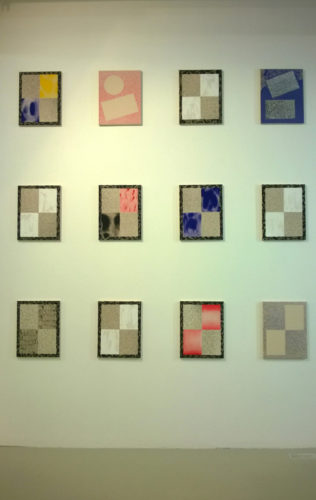
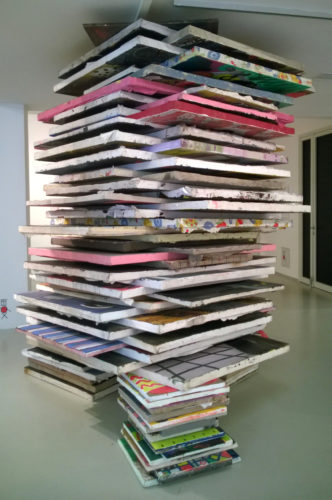
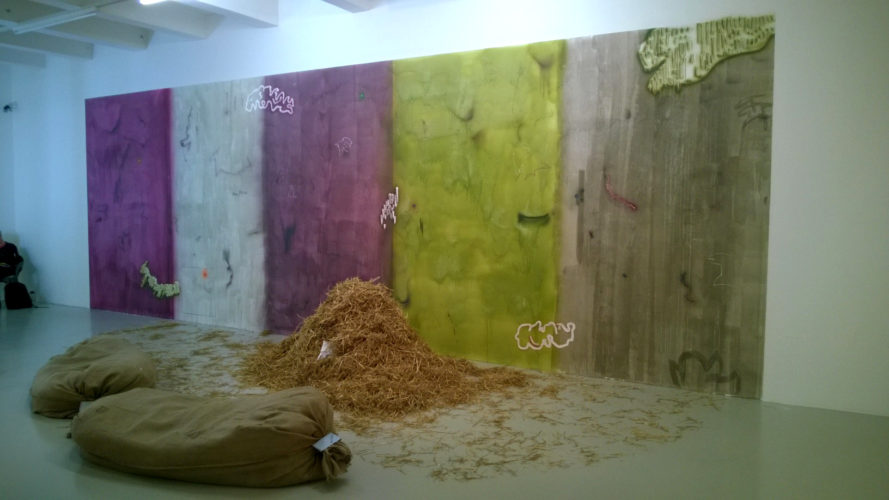
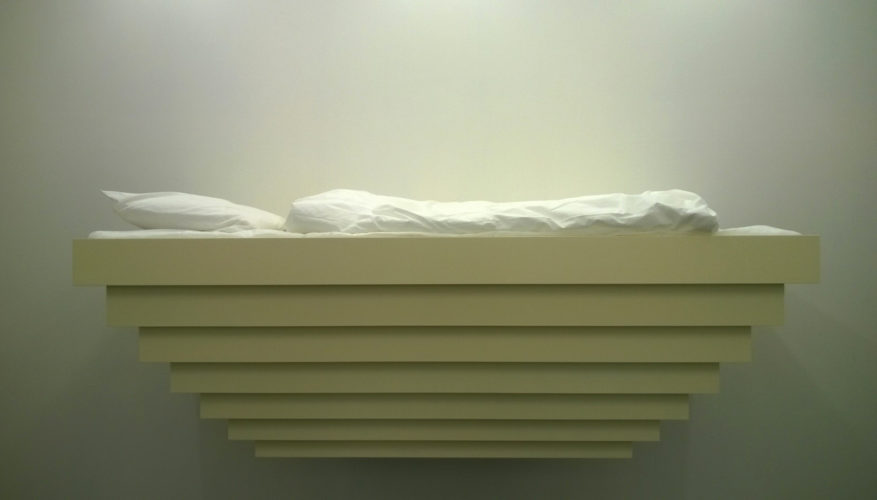
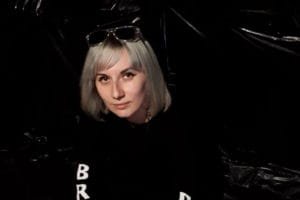
Comments are closed here.